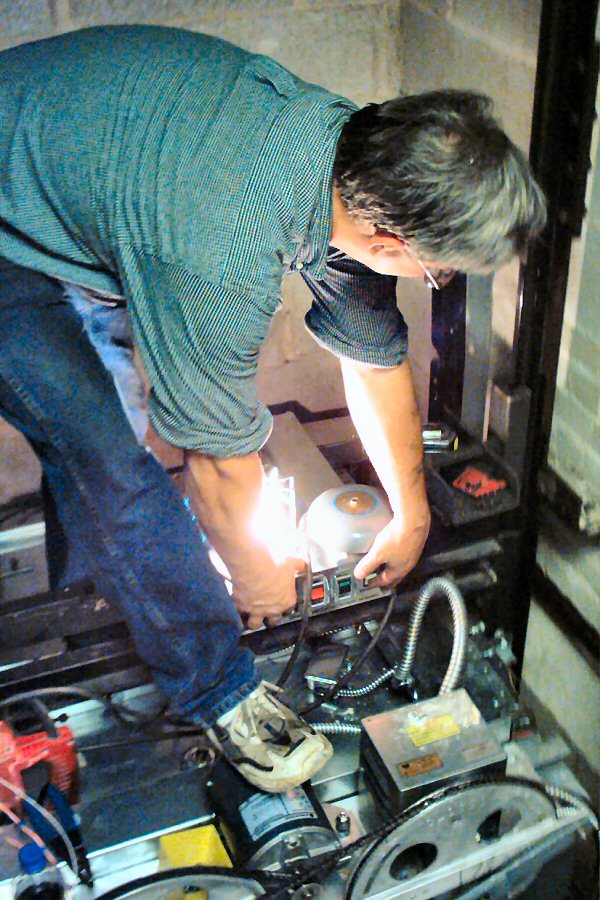Many high-rise buildings with advanced systems and controls use more energy than their less-advanced peers due in equal part to design oversights, installation variances, inefficient operating methods, and even maintenance issues.
That’s pretty discouraging considering that a fair amount of capital has been deployed in these buildings when trying to achieve exactly the opposite effect. But there’s hope for these technological marvels of inefficiency. Retro-commissioning (RCx) provides a cost-effective opportunity for energy savings in these buildings through a systematic process of investigation, with implementation of corrective energy-efficiency improvements to address the issues.

Even well-managed buildings with good building automation systems can still unearth savings in electric and natural gas usage during an RCx investigation.
Sounds expensive, right? Not necessarily. The fact is that retro-commissioning isn’t geared toward finding and implementing capital projects, but instead focuses on optimizing the operation of the existing systems. What comes out of an RCx project is usually a number of small fixes or enhancements that bring a load of value at a small price tag.
The RCx process addresses three all-too-common building problems simultaneously – energy waste, operating deficiencies, and comfort issues. Every building is a candidate for retro-commissioning, but buildings with sophisticated control systems offer the greatest opportunity.
Even well-managed buildings with conscientious building engineers and good building automation systems can still unearth savings ranging from five to eight percent in electric usage and from six to 14 percent in natural gas usage during an RCx investigation.
Overall paybacks were on the order of one-and-a-half years or less. Typically, a wide variety of issues are found, but most can be categorized by this list:
- Scheduling (equipment running when it was supposed to be off)
- Optimum staging of equipment (more equipment running than was necessary)
- Optimum control of fans (pressure settings played an important role in energy savings)
- Control strategies (reset functions achieved savings just by being smart)
- Management of ventilation air (a huge factor in these buildings becoming more energy efficient)
- Airflow and waterflow reductions (many buildings over deliver on air and chilled water)
- Operation of variable speed drives (these energy-saving devices weren’t saving anything because they weren’t programmed correctly or were overridden and rendered useless)
- Simultaneous cooling and heating (all buildings do it, but the trick is to do it sparingly)
- Lighting controls (better methods of control for at least some building lighting)
- Equipment operating sequences (like an automobile with its timing off, buildings with equipment that isn’t fine-tuned don’t run well)
Case in Point
A retro-commissioning analysis was performed on a landmark 40-story skyscraper in Chicago. The building is a multi-tenant office tower located in The Loop section of the downtown area. The facility houses office space, restaurants, and retail space that is open to the public. The office tower portion comprises more than 800,000 square feet on 40 tenant floors. Service areas include two mechanical equipment floors, a loading dock, and a basement. The building was an excellent candidate for RCx; it had a good building automation system and had undergone numerous changes in the last 30 years.
The RCx study revealed improvements that considerably reduced energy consumption, improved operations, and increased occupant comfort. The retro-commissioning study included low-cost energy-efficiency opportunities in fan optimization, electric heat setback, chilled water temperature reset, and supply air temperature optimization.
Following the implementation of these energy-efficiency improvements by the building’s engineering staff and contractors, installation improvements were verified and actual energy savings were confirmed.
The savings were significant (an approximate 14-percent reduction in year-over-year performance); the skyscraper boasts one of the lowest operating expense levels among other high-rise buildings in Chicago. And, by the way, this project paid back in less than six months.
Future of Energy-Efficiency Improvements
Energy efficiency is widely seen as a first step to control the increasing costs of and demand for energy. The current industry answer for existing buildings is retro-commissioning. While this is a great first step, RCx may no longer be the most effective way to achieve quick and lasting results.
Studies have shown that energy savings achieved by using RCx can be sustained for up to five years. Beyond that, the building tends to revert back to less efficient operation. Building engineers and staff don’t often have visibility or capacity to prevent newly retro-commissioned buildings from experiencing “drift.”
The solution to building drift is to perform retro-commissioning on a periodic basis or implement a new ongoing monitoring system that can “see” the drift and alert building personnel. This is called “monitoring-based commissioning,” Intelligent Retro-Commissioning, or iRCx™. It takes the retro-commissioning process to the next level by infusing technology into the traditional RCx process, enabling building personnel to sustain optimal building performance.
iRCx adds technology that accurately identifies anomalies within a building’s mechanical systems. Through continuous monitoring, data analysis provides the basis for necessary corrective action to be taken in a proactive manner. iRCx is the future, and the future is here.
Jim Gieselman
Jim Gieselman, PE, is vice president, engineering, at Servidyne in Atlanta.


